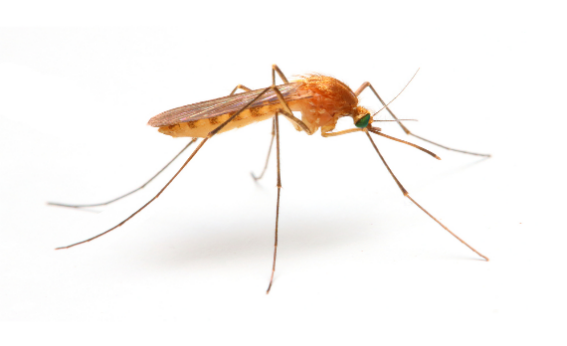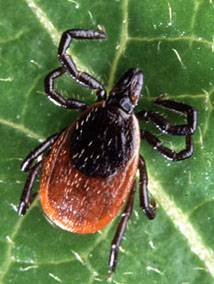The Importance of Preventatives Year Round (Even in Minnesota!)
By: Dr. Leslie Reed, Veterinarian at ZimmVet
WHY does my dog need to stay on heartworm, flea & tick prevention in the winter?? There’s no bugs out!
Contrary to popular belief, fleas, ticks, mosquitos and other external parasites can remain active YEAR-ROUND and can negatively affect our pets. Here’s why it’s recommended you keep your furry family members on their preventatives at all times.

Heartworm Prevention
Even though mosquitoes are cold-blooded and typically become inactive at temps <50 degrees F, they can find and hide within a warm area (ie your house) to lay their eggs and remain active even throughout the cold winter months. Furthermore, fluctuating temperatures and those occasional warm days where temps suddenly rise may disturb a mosquito’s hibernation, sending them off for a quick meal on your pet.
It takes only 1 mosquito and 1 missed dose of prevention to contract heartworm disease.
Heartworm prevention year-round is much cheaper (and much more pleasant) for your pet than heartworm treatment, which can span several months and is typically a series of deep, rather painful, muscle injections with side effects including swelling, discomfort, and inappetence.
Oral heartworm preventatives also address intestinal parasites either through the active ingredient or an additional added ingredient. Some combat fleas as well. Intestinal parasites can be picked up by your pet all year long by consuming feces of other dogs or wildlife which may be intentional (yuck!) or non-intentional (licking of paws with fecal matter on them).
Flea and Tick Prevention

Fleas are the most common external parasite of dogs and cats and have the ability to transmit disease to both pets AND their humans. Most pets acquire fleas not from contact from another infested animal, but from an infested environment.
When a pet comes into your home with fleas, which can make the pet itchy, eggs can fall into your carpet or bedding as the pet scratches, along with flea dirt (flea feces). The eggs hatch to larvae, which develop by feeding on the flea dirt. The larvae then spin a cocoon in fibers such as carpet or bedding to form a pupae, where a live flea will eventually hatch and then latch on to a warm body (cat, dog, human). Pupae are resistant to drying, freezing, and insecticides and can remain dormant for months. The entire flea life cycle can repeat itself every 3 weeks.
Not all pets with fleas will itch, only those allergic to the flea bites. So just monitoring for itching is not sufficient.
Heavy flea infestations can lead to severe anemia, which can be life threatening (pets at highest risk are young kittens and puppies being raised outdoors, as well as elderly cats going outdoors).
Use flea control products all year round so you don’t get caught with a surprise heavy flea burden in the spring. Home decontamination is NOT a fun process.
Ticks typically remain dormant in the winter, but can awaken during rising temps, even at 40-50 degree F, and crawl off to find a warm body to jump on to.
It takes a single tick feeding for 48 hours to transmit Lyme disease. Lyme disease can cause joint soreness/stiffness, fever, anorexia, lethargy, and in advanced cases, acute kidney failure.
Other common tick-borne diseases in Minnesota include Ehrlichiosis and Anaplasmosis, which can cause similar symptoms as Lyme disease, as well as bleeding disorders secondary to destruction of platelets. These diseases may be transmitted to your pet if a tick is attached for 24 hours or possibly even less!
Again, prevention is typically much cheaper and much more pleasant for your pet!

Get protected!
There are many options for heartworm, flea, and tick preventatives (even some all-in-one products), so check in with your veterinarian to determine which would be the best option for your pet!


